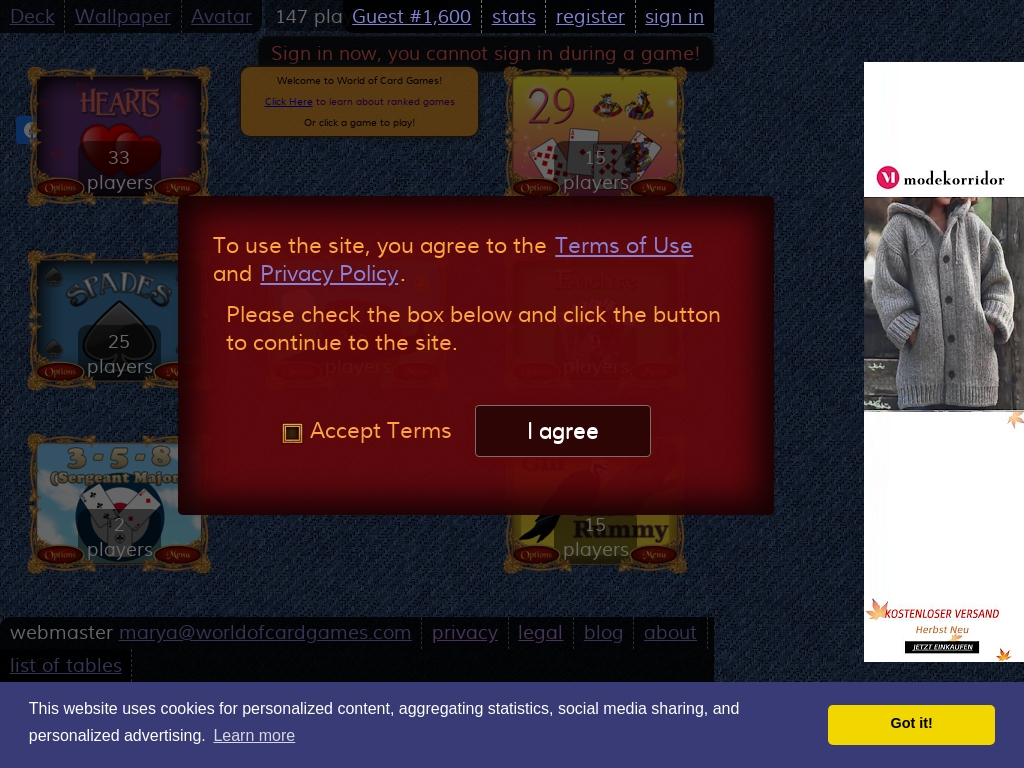
Free Card Game Success Stories [2025]
There's a unique opportunity in creating a free card game that captures people’s attention. A free card game business involves designing, developing, and distributing a card game without upfront cost to the players. Instead of charging players directly, you could generate revenue through ads, in-app purchases, or offering premium content.
Interest in card games spans many demographics, from casual gamers looking for a quick break to serious card enthusiasts striving for strategic mastery. This business idea is particularly enticing because it doesn't just sell a product; it creates an engaging experience that can foster a loyal community of players.
Execution will involve coming up with a compelling game concept, thorough game testing, and continuous updates based on player feedback. You’ll need to balance creativity with robust marketing strategies to maintain and grow your player base. If you’re passionate about gaming and think you can innovate within this space, this could be an immensely gratifying venture.
In this list, you'll find real-world free card game success stories and very profitable examples of starting a free card game that makes money.
1. World of Card Games ($48K/year)
Holger, a designer-turned-programmer from Copenhagen, acquired World of Card Games for its potential, increasing its revenue to $4,000/month within a year. Leveraging his experience with Online Solitaire, he seized the opportunity after ongoing discussions with the original owner.
How much money it makes: $48K/year
How much did it cost to start: $1K
How many people on the team: 0


This case study article follows the journey of a designer-turned-programmer who acquired a multiplayer card game website, World of Card Games, and managed to increase its revenue to $4,000 per month within a year, sharing insights on building the product, launching the business, and attracting and retaining customers.





Download the report and join our email newsletter packed with business ideas and money-making opportunities, backed by real-life case studies.

Download the report and join our email newsletter packed with business ideas and money-making opportunities, backed by real-life case studies.

Download the report and join our email newsletter packed with business ideas and money-making opportunities, backed by real-life case studies.

Download the report and join our email newsletter packed with business ideas and money-making opportunities, backed by real-life case studies.

Download the report and join our email newsletter packed with business ideas and money-making opportunities, backed by real-life case studies.

Download the report and join our email newsletter packed with business ideas and money-making opportunities, backed by real-life case studies.

Download the report and join our email newsletter packed with business ideas and money-making opportunities, backed by real-life case studies.

Download the report and join our email newsletter packed with business ideas and money-making opportunities, backed by real-life case studies.












